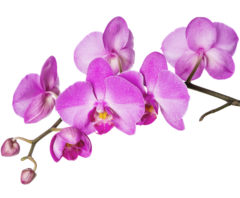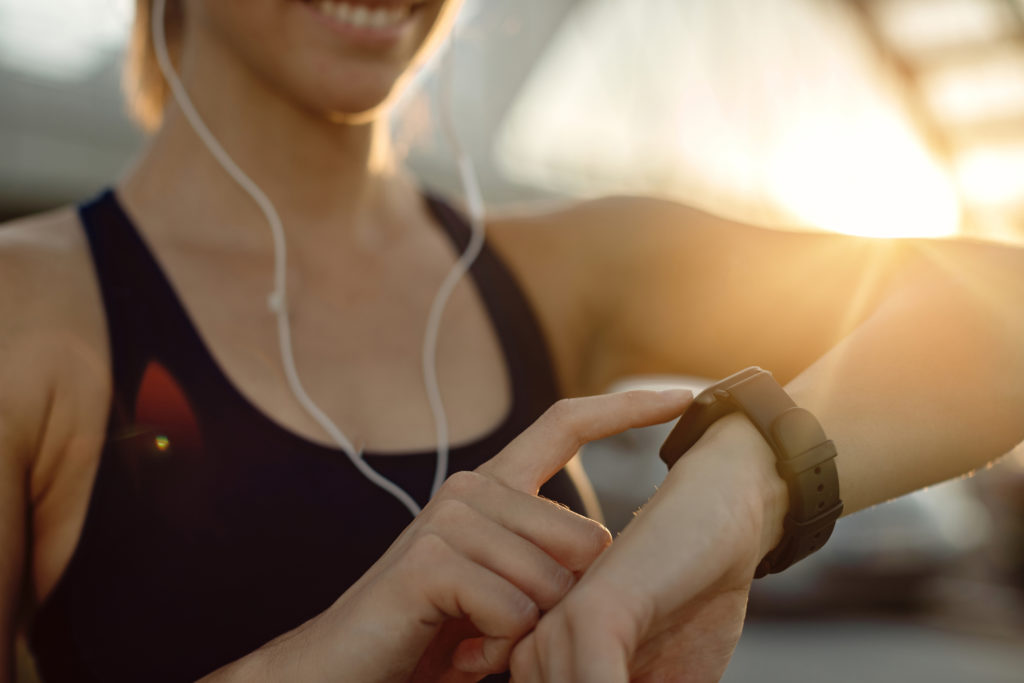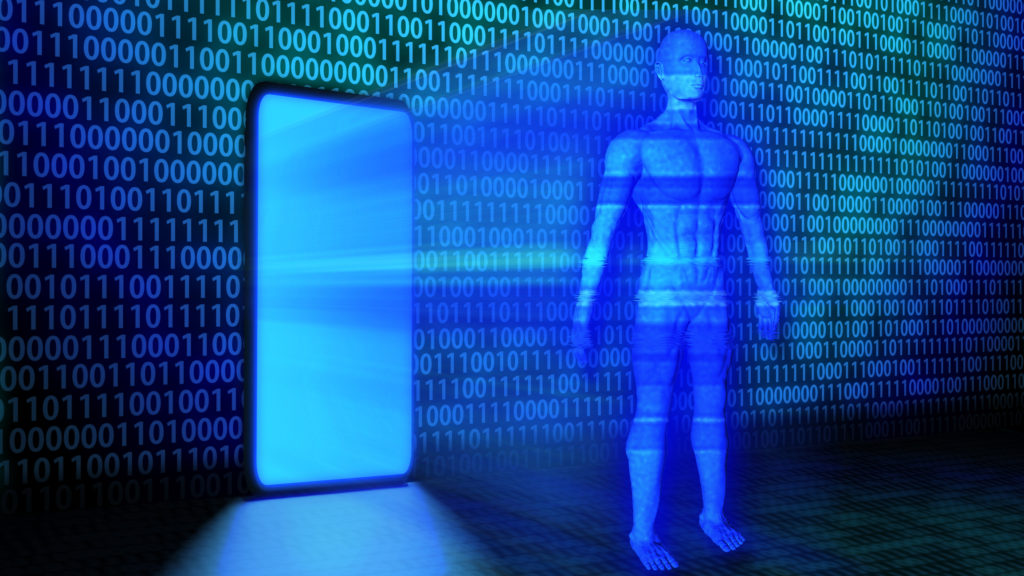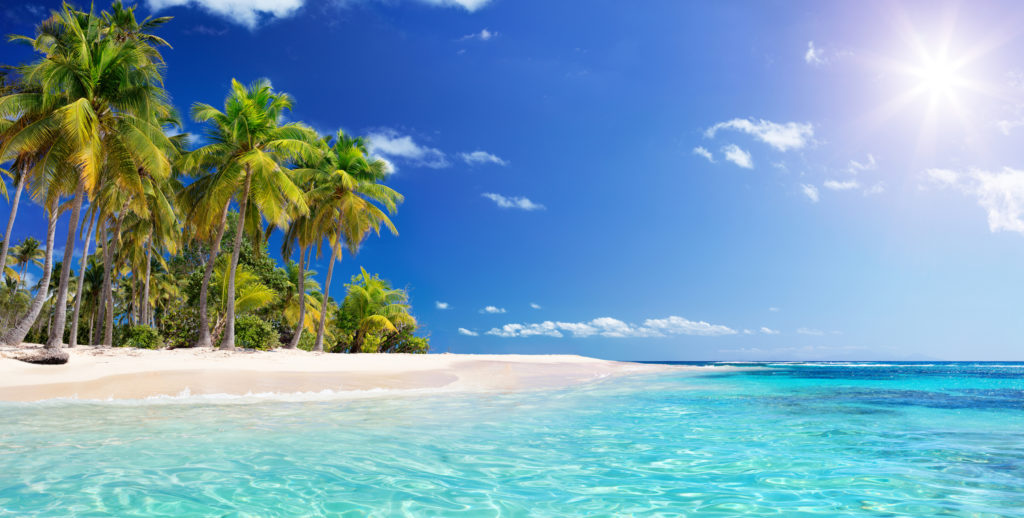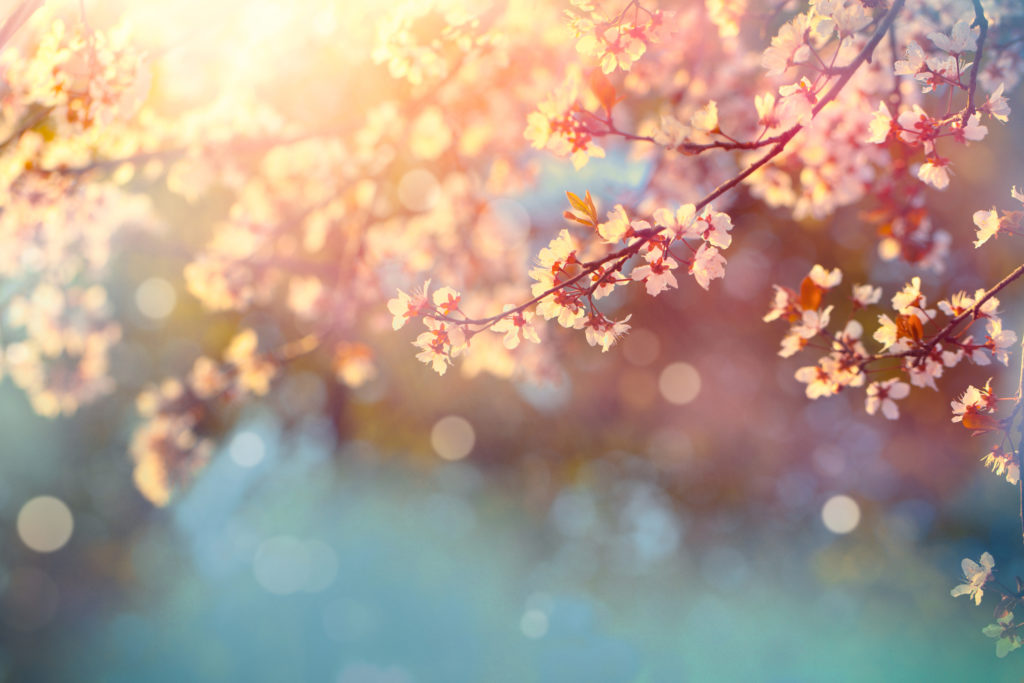
Like diet fads, there are lots of exercise trends out there. Sometimes it can be confusing to know what you need to be doing and not doing.
To help, here are the exercises that you want to focus on. If you aren’t already doing these exercises or if you’ve just recovered from a health condition or surgery, this gives you something to mindfully aim towards.
1 – Moderate to vigorous aerobic activity
*Recommended:
150 minutes (2.5 hours) of moderate activity weekly or
75 minutes (1.25 hour) of intense activity weekly or
A combination of the above
Walking 30 minutes 5 days a week would meet this goal. It’s preferable that the activity is spread throughout the week in at least 10 minute segments. You could break up that 30 minutes into 10 minute segments 3x a day or 15 minutes 2x a day. Going for a 15-20 minute walk in the morning and then parking far from an entrance or taking the stairs could help fill in the last few minutes.
Other activities, like biking, dancing, swimming could fulfill the aerobic activity requirement.
If you have chronic conditions or joint issues that have kept you from engaging in aerobic activity, don’t overdo it. You can begin in the pool or go for a walk. Go at your own pace. Start walking slowly for a few minutes every other day. The goal might be at first to just build up to a 10 minute walk without pain or discomfort. It’s ok – begin where you are. Take care of yourself and listen to your body. Your doctor and/or physical therapist can help direct you on the best approach for your unique situation.
2 – Strength
*Recommended:
Strength training 2x weekly
There is not a specific amount of time/minutes for strength training. You just want to cover all the major muscle groups and engage them more than you normally would. “…any muscle-strengthening activity counts…(including) done as part of a therapy or rehabilitation program…”**
3 – Stretch
Stretching is recommended, especially for maintaining flexibility with age.*** Again, there is not a certain amount of time recommended but it’s probably a good idea to follow the strength guideline of 2x weekly and to stretch all the major muscle groups.
4 – Balance
*Recommended:
3x or more weekly
An effective program in reducing falls is a combination of strength training for 90 minutes weekly, walking for 60 minutes weekly and incorporating balance 3 or more days weekly.****
If you are walking, strengthen training and stretching as recommended, just add a few minutes of balance exercises before or after your daily walk.
5 – Spinal extension
Though spinal extension is not on the list from Physical Activity Guidelines from the U.S Health and Human Services, it is something most people need to be doing. If you have osteoporosis concerns, spinal extension is going to be important. If you sit, spend time on a computer, cell phone or tablet, a spinal extension program is going to benefit you too.
There is not a set amount of time you need to devote to this exercise but it is something you probably want to incorporate into your workouts. It would also be good to sprinkle in a few spinal extension exercises throughout the day if you find yourself sitting for periods of time.
Summary:
The good news is that your Pilates practice can incorporate all these exercises – aerobic activity, strength, stretching, balance and spinal extension. Yes, even a little cardio (hello 100s)! A Pilates program will often have a few minutes of each exercise woven into the session. If you practice Pilates for an hour 2x a week, walk a little bit and practice some personal exercises based on your needs, you’ll be well on your way to your best health.
*https://health.gov/sites/default/files/2019-09/paguide.pdf
**https://health.gov/sites/default/files/2019-09/paguide.pdf p.31
***https://health.gov/sites/default/files/2019-09/paguide.pdf p.33
****https://health.gov/sites/default/files/2019-09/paguide.pdf p. 31 -32
